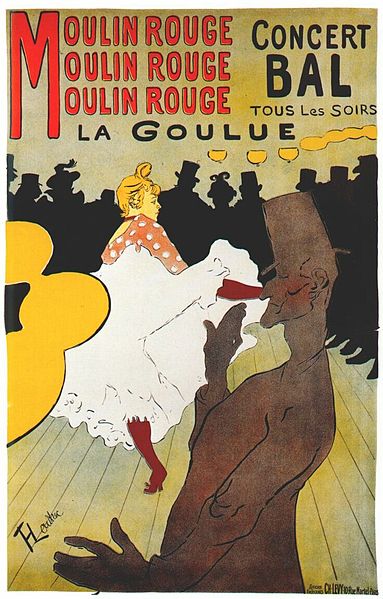I was really excited when we were assigned a photostory design in my design capstone class. My aim was to keep my design subdued and simple so I didn't detract or distract from the beautiful photos. On another note, I enjoyed working with these photos quite a bit. The photographer, Hayley Bartels, had incredible access. By looking through these photos, you can tell she took time to know this family and cared about telling an accurate story.
Critique began by looking at covers. My cover was sorely underdone, and that's something I'm going to spend time remedying before it's placed in my portfolio. I do like my photo choice, however, because it alludes to Ryleigh's disorder and shows the relationship with her mother (or physical therapist? I wasn't sure. Both people are devoted to her care in different ways, so it's the same takeaway).
Next came the first spread. Typography is not my strong-point. I went with an italicized serif for sentimental appeal, and I used green in the semi-transparent box behind the title for a pop of color. In this spread, I wanted to establish Ryleigh's family.
Here is the second spread. This is the page that looks at Ryleigh's disorder a little closer. It shows the characteristic turned-in feet of spina bifida, as well as Ryleigh's struggle to reach for things from her wheelchair.
This is the third and final spread. I wanted to show Ryleigh's normal life at home and socializing.
Today's critique was a useful time for me, and I took many notes on things I should change. I found the debate on the photo showing Ryleigh's back really interesting. Before laying out my spreads, I asked a photographer friend what she thought of the photo, and she recommended that I didn't run it. She thought it would sensationalize the topic, as we discussed in class. However, after hearing people say they wanted a visual of the disorder, I would reconsider running it small and on the second or third spread. I think it's important to discuss ethical arguments like this because the situation varies, and discussing your reasons for running or not running a photo can help you make decisions in future designs.



